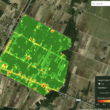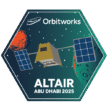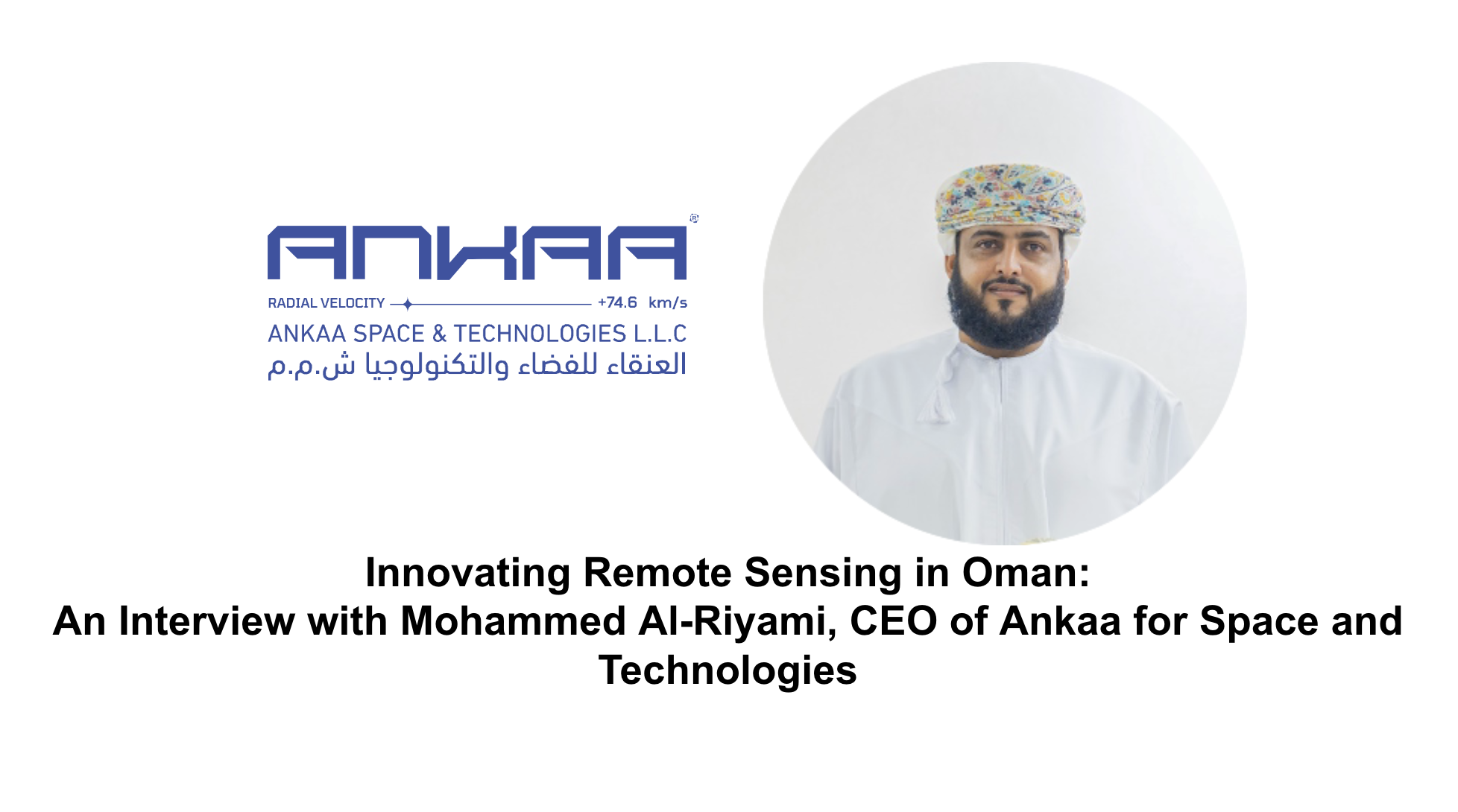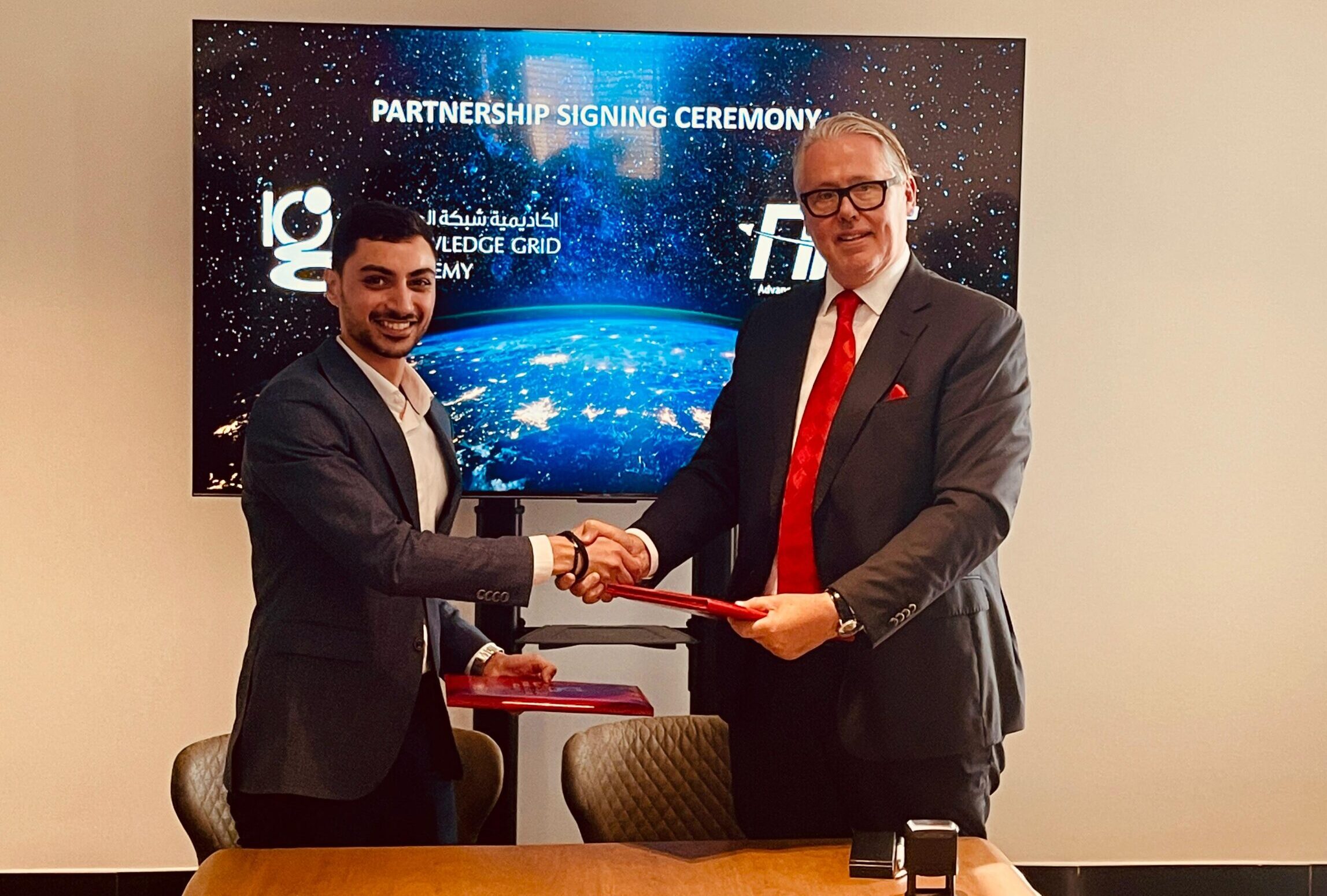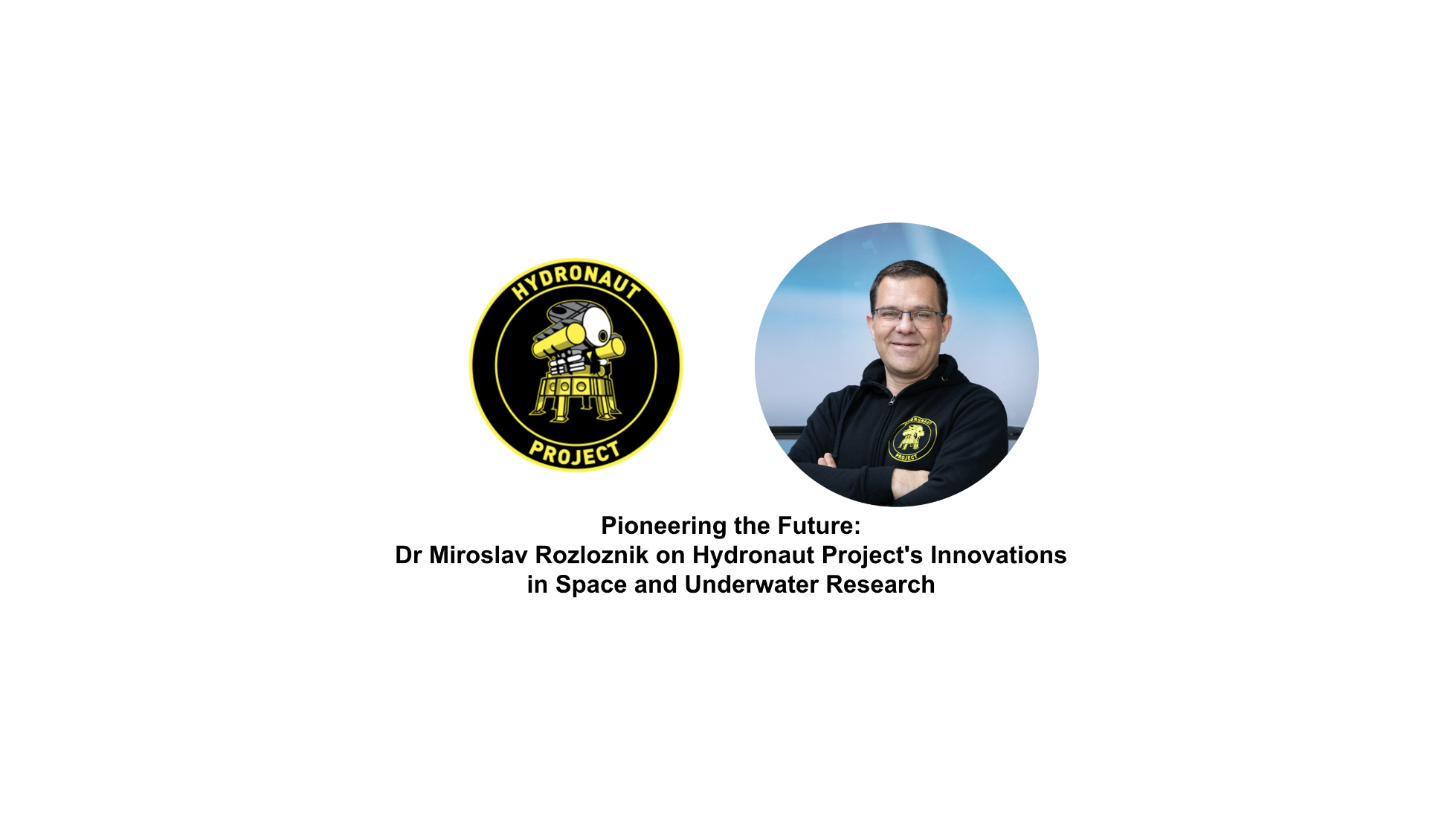
In this interview, we engage with Mohammed Al-Riyami, CEO of Ankaa for Space and Technologies, a leader in drone and satellite remote sensing. With a deep background in geospatial analysis and data interpretation, Mohammed oversees the strategic integration of remote sensing technologies for mineral exploration and mapping. Under his leadership, Ankaa is redefining the possibilities of space technology and robotics, providing cutting-edge solutions for military, commercial, and civil applications. Join us as Mohammed shares insights into how Ankaa is driving innovation and reshaping the future of space and technology.
1. Could you elaborate on Ankaa Space’s current involvement in the space industry and what specific projects or initiatives are you engaged in?
Ankaa Space Oman is actively involved in various aspects of the space industry, with a strong focus on remote sensing and GIS, particularly in the realm of Earth Observation and AI-driven satellite imagery analysis. Our current involvement and specific projects include:
Earth Observation:
Ankaa Space Oman is a key player in providing satellite imagery by leveraging advanced remote sensing technology. We collaborate with international partners to access high-resolution images, which are crucial for various applications across different sectors. A significant application of Ankaa Space’s Earth Observation capabilities is in agriculture, where we are involved in projects utilizing satellite imagery to monitor crop health, classification, and census for quasi government, semi – government and government authorities.
AI-Driven Satellite Imagery Analysis:
Ankaa Space is at the forefront of integrating AI into satellite imagery analysis. Using machine learning algorithms, we enhance the accuracy and efficiency of data interpretation, identifying patterns, anomalies, and trends in satellite images. This approach benefits sectors like agriculture, urban planning, and environmental monitoring. Our use of AI also extends to Geographic Information Systems (GIS), where AI-driven analytics provide insights for decision-making processes, particularly in land use analysis, infrastructure development, and environmental conservation.

Capacity Building:
Ankaa Space is committed to building local expertise and infrastructure in areas such as remote sensing, GIS, satellite imagery analysis, AI integration, and STEM programs related to space, dedicated research and development centre for innovation in space technologies. These initiatives aim to foster a skilled workforce capable of supporting Oman’s growing space sector.
2. How does Ankaa Space’s expertise in advanced manufacturing align with the needs of the space sector?
Ankaa Space’s expertise in advanced manufacturing is crucial in meeting the stringent demands of the space sector. Our teams’ capabilities include precision engineering, high-tolerance component sourcing, and the use of specialized materials designed to withstand the harsh conditions of space. By leveraging advanced manufacturing processes of our international partners, we ensure that our products meet the exacting standards required for space applications, including durability, reliability, and performance. This alignment enables us to support the development and deployment of critical space technologies, ensuring that they function optimally in extreme environments.

3. What are the primary challenges and opportunities that Ankaa Space faces in the Omani space industry?
Ankaa Space faces several challenges in the Omani space industry, including limited local infrastructure, which necessitates dependence on international partners for satellite data and technical expertise, production facilities. Additionally, there is a shortage of skilled professionals within Oman, making it difficult to recruit and retain talent with expertise in satellite technology. The gap between the existing educational curriculum and the specific needs of the space industry further complicates knowledge transfer. Moreover, limited market awareness and competition from established international providers present hurdles in securing local contracts and projects.
However, Oman’s space sector presents significant opportunities. The country’s strategic geographical position and favourable policy environment offer advantages for space applications and international cooperation. Additionally, the growing demand for satellite-based technologies, particularly in sectors such as agriculture, urban planning, and environmental monitoring, provides Ankaa Space with ample opportunities to expand its services and contribute to the country’s space ambitions.
4. How does Ankaa Space collaborate with international partners and space agencies to enhance its capabilities in the space sector?

Ankaa Space collaborates with international partners through its role as an imagery provider for clients in Oman, as well as by procuring products and services to the sector from our global partners, to fulfil the demands of Oman market. By establishing strategic partnerships with global satellite operators and geospatial technology companies, global aerospace manufacturers, Ankaa Space gains access to high-resolution satellite imagery, advanced data processing tools, advanced products, services and innovations in the services of space technological vertical. These collaborations enable Ankaa Space to enhance its capabilities in remote sensing, GIS, and AI-driven analysis, allowing the company to deliver cutting-edge services to its clients. Additionally, working closely with international space companies helps Ankaa Space stay at the forefront of technological advancements and best practices, further strengthening its position in the space sector.
5. What is Ankaa Space’s vision for its role in the future development of Oman’s space program?
Ankaa Space’s vision for its role in the future development of Oman’s space program is to become a key driver of innovation and growth within the sector. By accessing international expertise, cutting-edge technology, and diverse funding sources, Ankaa Space aims to accelerate its expansion and establish itself as a leader in offering competitive space services on a global scale. The company envisions contributing significantly to the advancement of Oman’s space capabilities, positioning the country as a prominent player in the global space industry.
6. What specific technologies or manufacturing processes does Ankaa Space possess that are relevant to the space industry?
Ankaa Space as of today, does not have its own manufacturing capacity, as such we have partnered with reliable international partners in the verticals of aerospace manufacturing, who support us with custom manufacturing, we are in the process of setting up our own advanced manufacturing unit in Oman, with all the facilities required for manufacturing satellites, sensors, testing facilities and all other ancillaries’ We have a good team who have the in-depth knowledge of advanced materials processing techniques for space-grade materials, and additive manufacturing (3D printing) for complex, lightweight structures. Our capabilities also extend to the development of custom electronics and integration of AI-driven systems for enhanced functionality and reliability in space environments.

7. How does Ankaa Space ensure the quality and reliability of its products and services for space applications?
Quality and reliability are at the core of Ankaa Space’s operations. We adhere to strict quality control protocols and industry standards, including necessary and relevant certifications, to ensure that our products meet the highest levels of excellence. The manufacturing units of our international partners are continuously optimized to prevent defects, and they employ rigorous testing procedures, including environmental stress testing and simulation of space conditions, to ensure that our end products can withstand the harsh environments of space.
8. What are the key innovations or advancements that Ankaa Space has made in recent years to support its space activities?
In recent years, Ankaa Space has made significant advancements in several areas to support its space activities. These include the development of proprietary AI algorithms for satellite imagery analysis, innovations in materials science that enhance the durability and performance of space components, and the integration of automation in our prototype development processes to increase efficiency and precision. Additionally, Ankaa Space has expanded its capabilities in remote sensing and GIS, offering more sophisticated and accurate solutions for a variety of applications, as we are one of the companies having international partnerships for the same.
9. What are the future directions and goals for Ankaa Space’s space activities and how do you see the company evolving in this sector?
Looking forward, Ankaa Space aims to continue expanding its footprint in the global space industry by developing new technologies and forming strategic partnerships. Our future goals include establishing a dedicated research and development centre for space technology in Oman, increasing our involvement in international space missions, and contributing to the development of Oman’s locally manufactured satellite. We envision Ankaa Space evolving into a key player in the space sector, not just in Oman, but across the Gulf region, with a reputation for innovation, quality, and reliability.

Alex Cresniov, Founder of SpaceTech in Gulf
About the author: Passionate in the Space industry with significant expertise in Policy Making, Global Socio-Economic Assessments, and DeepTech Analytics.
Email: alexei@spacetech-gulf.com
